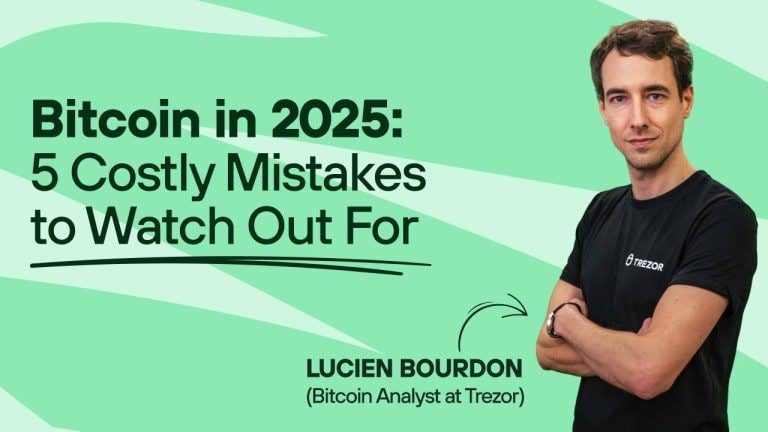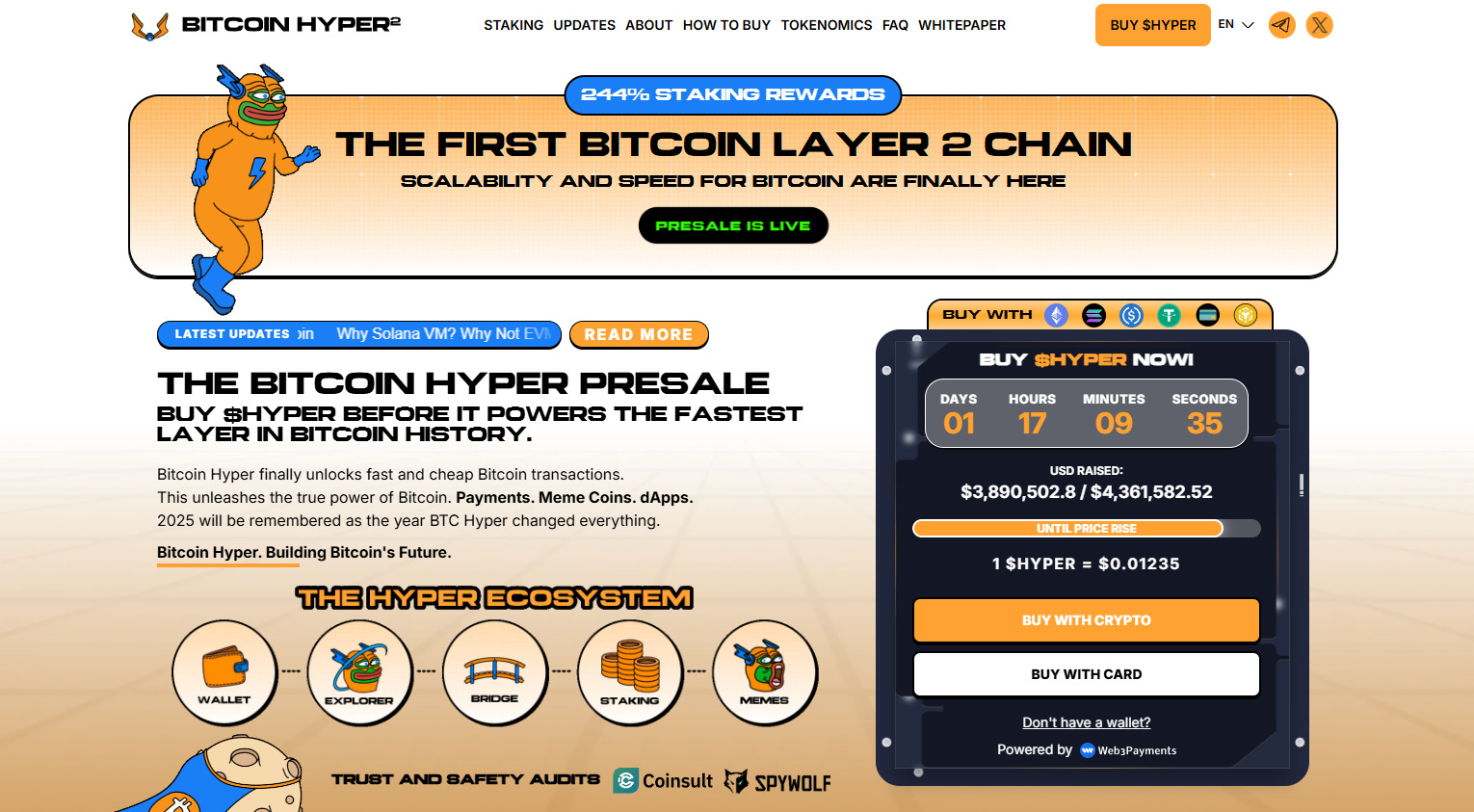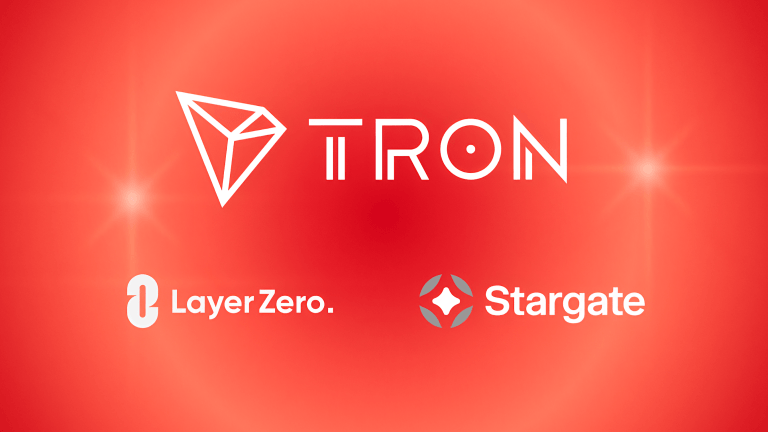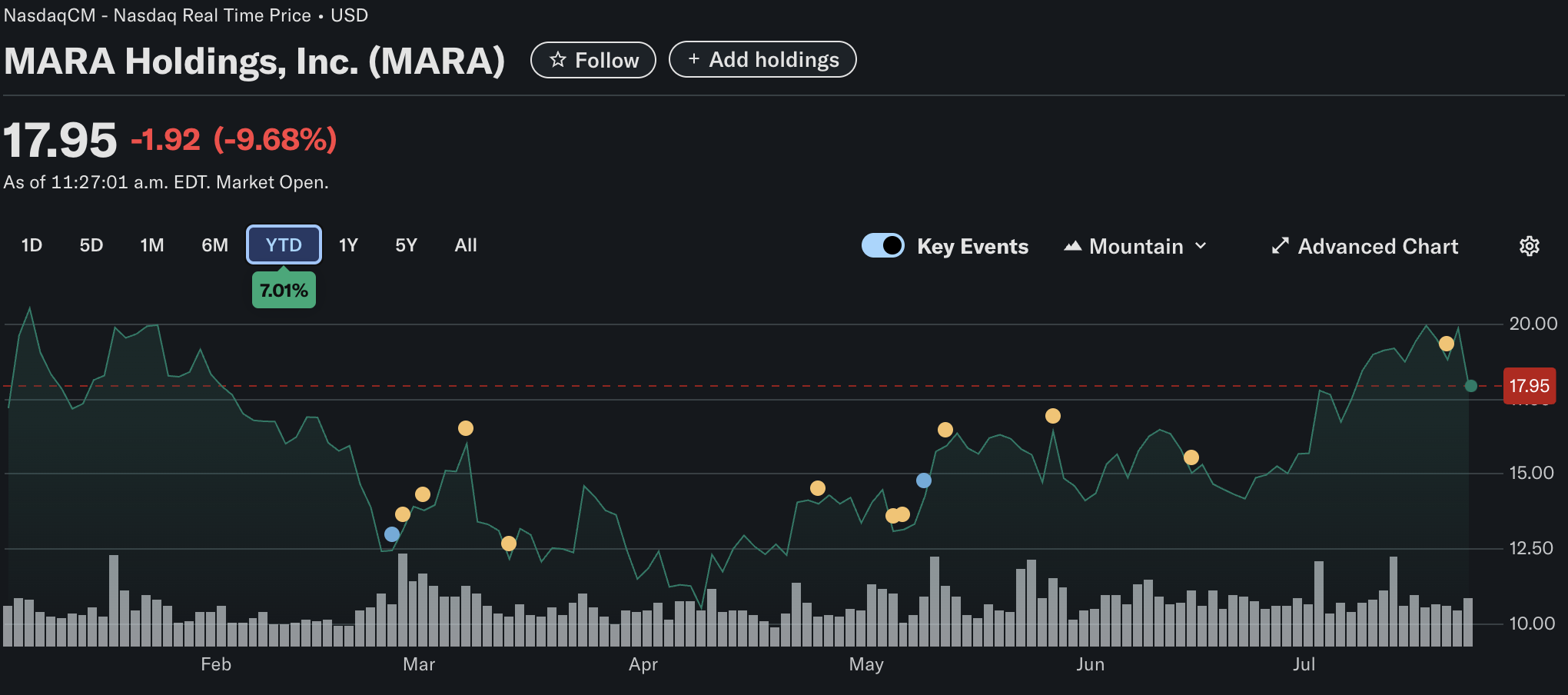BitVM aims to make Bitcoin's contract capabilities Turing-complete without changing its consensus rules. It uses a mechanism similar to optimistic rollups where computations are verified but not executed on-chain. Here's how it works:
- Prover and Verifier: There are two parties, a prover who claims a computation is correct and a verifier who can challenge this.
- Committing to Program: The prover commits to a program or function by encoding it in a Bitcoin Taproot address. This involves significant off-chain work but minimal on-chain footprint.
- Off-Chain Computation: Both parties can perform computations off-chain. If there is a dispute, they revert to the on-chain committed program for verification.
- Fraud Proofs: If the prover makes a false claim, the verifier can prove it's false and win a challenge, taking the prover's deposit as a penalty.
- Two-Party Limitation: The current model works only between two parties and requires substantial off-chain computation.
Examples:
- You could play a game of Chess off-chain, committing only the rules and game state to a Taproot address. If a dispute arises about whether a move is legal, the verifier can challenge the prover's claim on-chain.
- For a prediction market, bets and outcomes could be processed off-chain. Only when there's disagreement would you need to verify computations on-chain.
The system is seen as a foundation for more complex applications but needs further research to overcome limitations like the two-party constraint.
[link] [comments]

You can get bonuses upto $100 FREE BONUS when you:
💰 Install these recommended apps:
💲 SocialGood - 100% Crypto Back on Everyday Shopping
💲 xPortal - The DeFi For The Next Billion
💲 CryptoTab Browser - Lightweight, fast, and ready to mine!
💰 Register on these recommended exchanges:
🟡 Binance🟡 Bitfinex🟡 Bitmart🟡 Bittrex🟡 Bitget
🟡 CoinEx🟡 Crypto.com🟡 Gate.io🟡 Huobi🟡 Kucoin.




















Comments